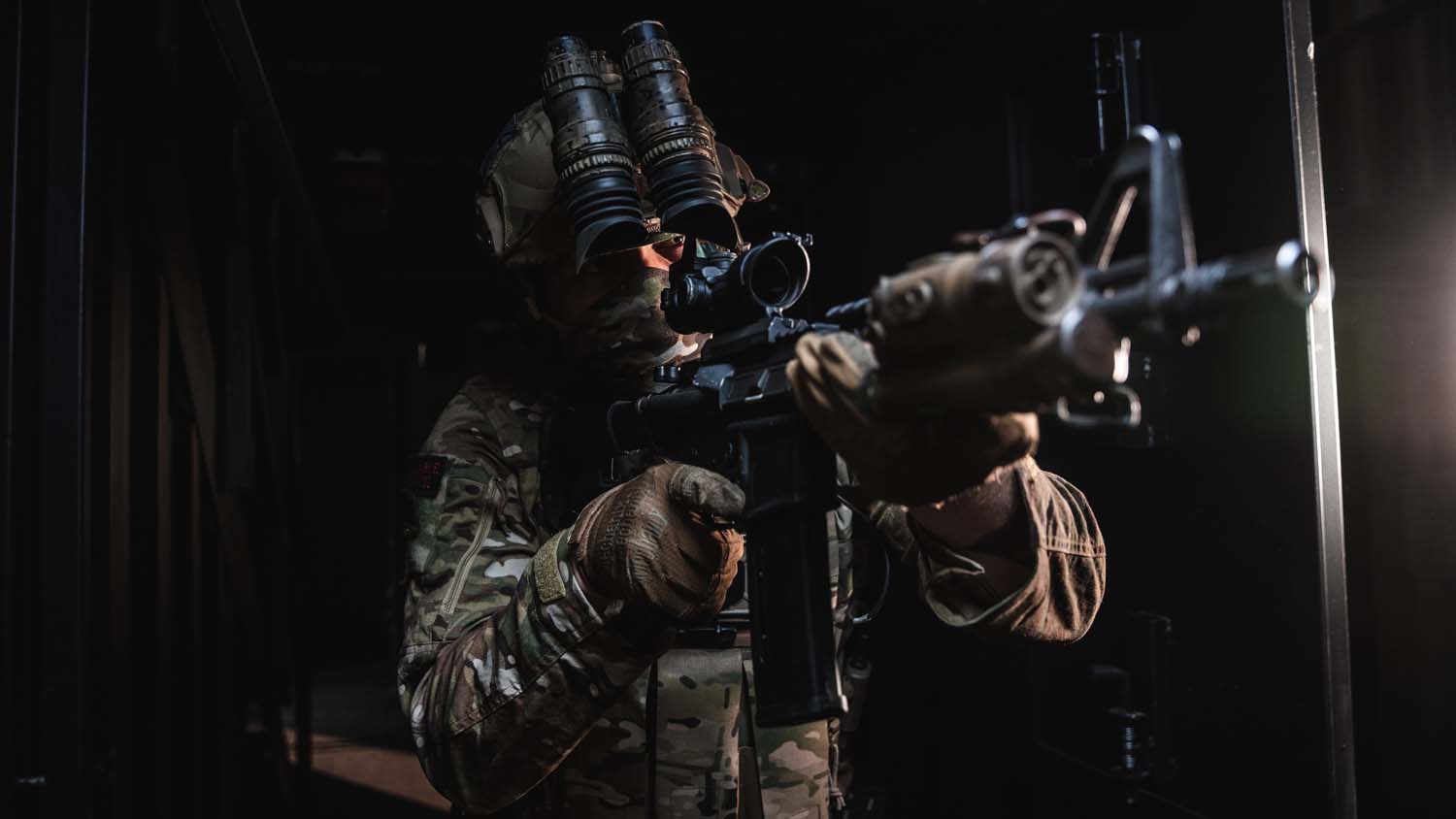The British Army’s return to divisional war fighting was a central element of the 2015 Strategic Defence and Security Review (SDSR), and has been the aiming point for its contribution to the force structure proposed by that review – Joint Force 2025. However, The Daily Telegraph recently reported that the MOD has admitted its proposed war fighting division will be “slimmed down and delayed by at least five years” and has “changed the accepted understanding of the size of such a force”. Given the Integrated Review’s focus on the rapidly evolving character of war, is this really a big deal?
Background and Context
Exactly 40 years ago, the armed forces were bracing themselves for a defence review, under the direction of the then Secretary of State for Defence, John Nott. What subsequently became known as ‘The Nott Review’ was published in June 1981. Best remembered for its proposed reductions to the Royal Navy’s surface fleet, the review was not unkind to the British Army. The government reaffirmed its Brussels Treaty commitment to maintain 55,000 troops on mainland Europe, which equated to a corps of three divisions, with eight brigades stationed in West Germany and the ninth in the UK.
Unsurprisingly, these force levels were reduced under the Options for Change defence review, undertaken in 1991, two years after the fall of the Berlin Wall. Nevertheless, the defence review that shaped the UK’s post-Cold War expeditionary posture – the 1998 Strategic Defence Review – retained two deployable divisions, one based in the UK and the other in Germany.
It was not until the 2010 SDSR that the UK government formally reduced its default war fighting aspiration to below the divisional level. Its new Defence Planning Assumptions confirmed that the future armed forces would be sized and shaped concurrently to conduct: one enduring (i.e. beyond six months duration) stabilisation operation at around brigade level (up to 6,500 personnel); one non-enduring (i.e. up to six months duration) operation of up to 2,000 personnel; and one non-enduring operation of up to 1,000 personnel. Admittedly, it did also alternatively commit to “all our effort … for a limited time and with sufficient warning” a one-off intervention of up to three brigades. Significantly though, this was not explicitly recognised as a divisional-level scale of effort.
Beyond the 2015 SDSR
The 2015 SDSR was very clear in its aspirations. It saw the British Army as a modern, capable and sophisticated force, able to fight independently or alongside allies. It would include a war fighting division optimised for high intensity combat operations. The division would draw on two armoured infantry brigades and two new Strike Brigades to deliver a deployable division of three brigades. Moreover, this force structure would be in place by 2025.
However, in written evidence to the House of Commons Defence Committee (HCDC), the MOD now states that, by 2025, the Army will only be able to field a single Manoeuvre Brigade of armoured infantry and an interim Manoeuvre Support Brigade, from Strike and Light Infantry. The latter will be equipped with Ajax Armoured Fighting Vehicles, the first Boxer Mechanised Infantry Vehicles, and in-service Protected Mobility vehicles. It also confirms Boxer will not reach its full operating capability until the early 2030s, at which time the remaining protected mobility vehicles will have been replaced and the full Strike Brigade ambition realised. It is hard to see this as anything other than a much delayed and much watered-down return to divisional war fighting.
What’s the Big Deal?
After the 2010 SDSR, there was minimal scrutiny across the defence academic commentariat regarding what was a sizeable reduction in the UK’s ambition to conduct expeditionary operations. Nonetheless, that did not stop senior officers in the Army arguing for its return (see, for example, General Carter’s submission to the British Army Review 2013, Vol 157 – The Divisional Level of Command). The reason for this is explained by Anthony King, Professor of War Studies at Warwick University, in his 2019 book Command – The Twenty-First-Century General. In particular, he claims the ability for the British Army to operate at the divisional level is vital to ensure both its standing and its interoperability with its closest battlefield partner, the US Army. This point was also recognised by the HCDC when it agreed that a “fully-manned and fully equipped warfighting division is central to the credibility of the Army”.
Not only is the British Army’s return to divisional war fighting essential to maintain credibility with its allies, it is arguably also crucial for the delivery of the MOD’s new Integrated Operating Concept. This recognises that the UK’s ability to deter war remains central to its military purpose, and credibility and capability are key tents of the traditional deterrence model. A war fighting division genuinely capable of high intensity combat operations is the capability that gives the British Army its credibility.
Conclusion
@onUKDefence has regularly argued that, in today’s resource-constrained environment, the defence budget cannot fund all of the capabilities the single services consider necessary to support the current Defence Tasks. Prioritisation is essential, and, from a British Army perspective, that means some difficult choices. However, if the UK wants the ability to influence the international security situation in an era of ‘Global Britain’, it must be able to abide by Teddy Roosevelt’s favoured West African proverb “Speak softly and carry a big stick; you will go far.” The British Army’s return to divisional war fighting is a major part of the UK’s big stick.






